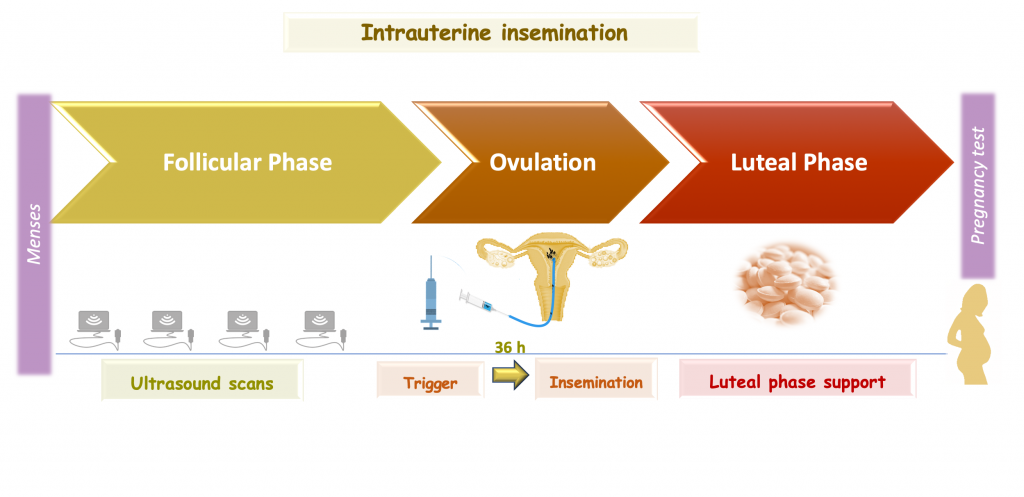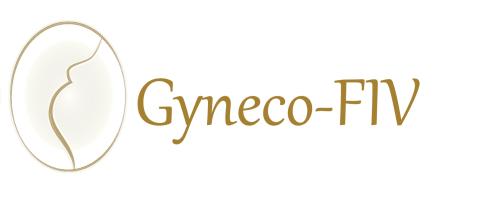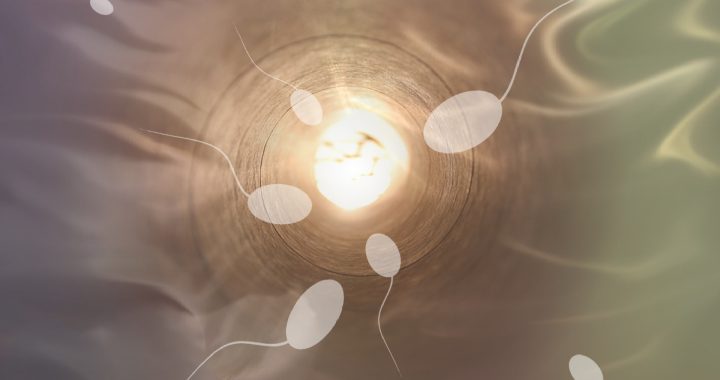Intrauterine insemination is a relatively simple assisted reproduction technique that consists of leaving a prepared and improved semen sample inside the uterus, around the time of ovulation of the woman. In this way, we help the contact of the male and female gametes inside the tube and also avoid cervical passage by sperms, an obstacle that in some cases may interfere with pregnancy.
To perform an artificial insemination cycle we can do it with or without ovarian stimulation. In the natural cycle, we can follow the growth of the dominant follicle by transvaginal ultrasound scans from the beginning of the cycle, and at the moment in which an optimal size is reached, ovulation induction is programmed and 36 hours later, artificial insemination is performed.
In the stimulated cycle, low doses of gonadotropins are administered, in order to stimulate the simultaneous development of 2 or 3 follicles. As soon as the ultrasound determines that follicles have reached the appropriate size, we can induce ovulation and schedule insemination 36 hours later.

Sperm sample is prepared about two hours before insemination, to concentrate the maximum percentage of motile sperm (either from the sample obtained by the patient or from donor sperm).
Once the sample is ready, it is introduced into the woman’s uterus through a very fine catheter, so that the technique is completely painless.
Pregnancy test carried out 14 days after insemination will determine whether the procedure has been sucessful.

